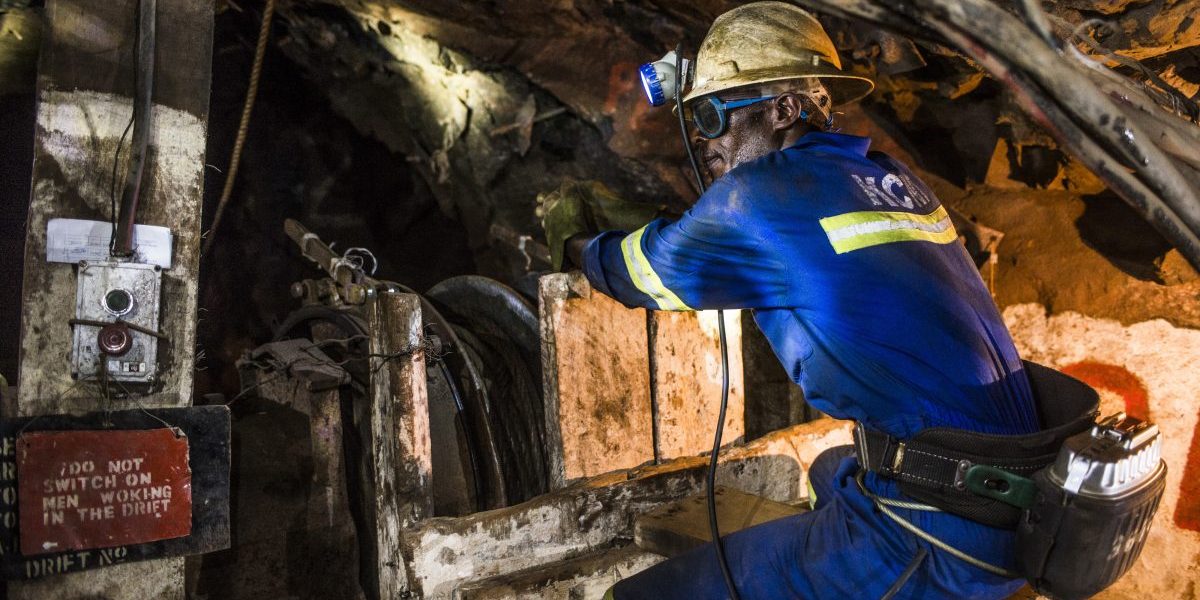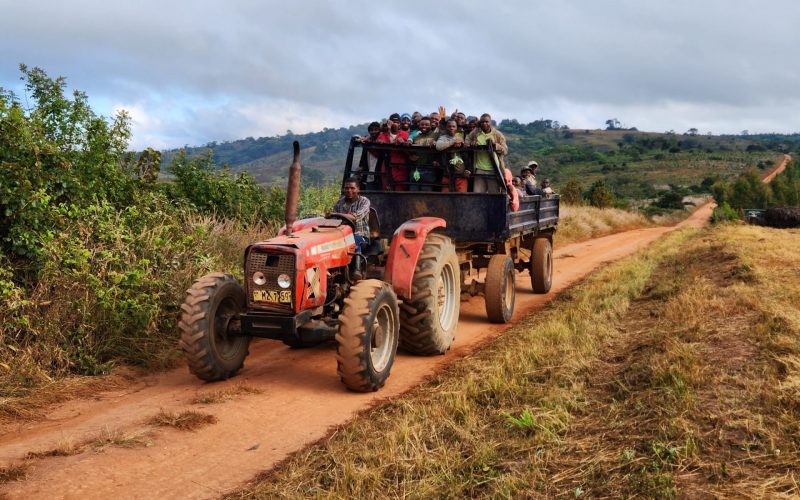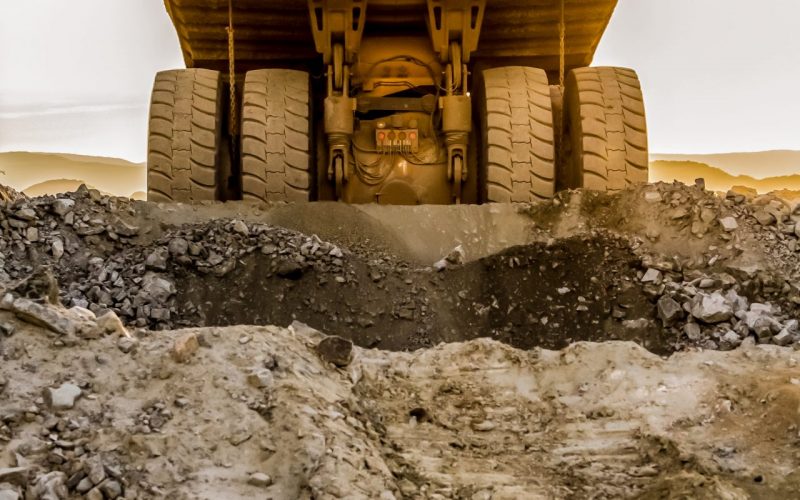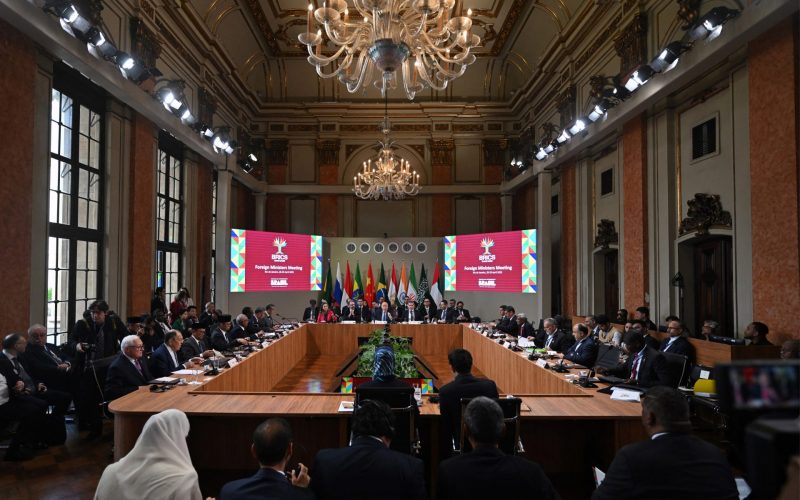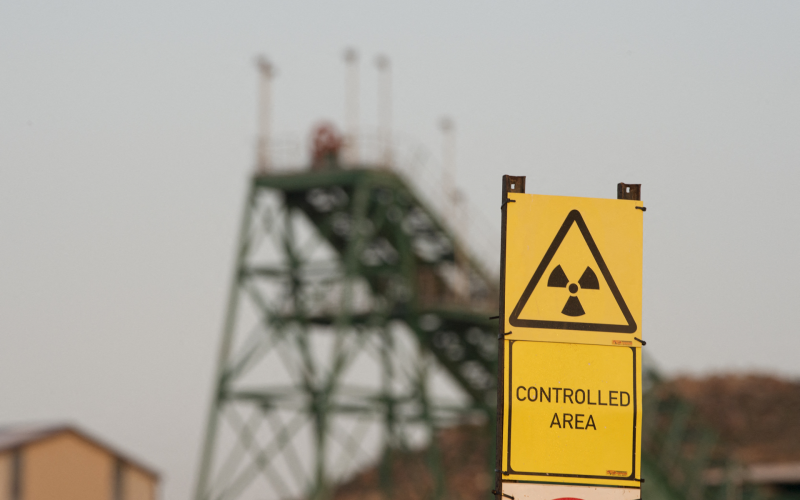Summary:
- Zambia is currently in the throes of premature deindustrialisation. More than that, it faces an immediate fiscal crisis. Notwithstanding these immediate concerns, there are islands of effectiveness that have proved resilient. The critical element of these islands of effectiveness is to ensure that productivity-enhancing networks crowd out the threat of predation networks.
- Policy instability not only undermines investor confidence; it also matters for revenue collection efficiency. Zambia’s tax regime changes have followed price movements, but typically too long after the price change to benefit the nation.
- Critical to Zambia’s future prosperity will be to build a strong manufacturing and industrial base. This will require identifying exactly where along global supply chains Zambia is likely to have a competitive edge and create appropriate incentives for investment into those productive spaces.
- Building strong spatial connections between manufacturing, mining and downstream value addition is a crucial dimension to making investment work in a high-cost environment.
- Mining – on a micro and macro level – needs to operate as a flywheel that generates sustainable economic activity ultimately independent of mining itself.

